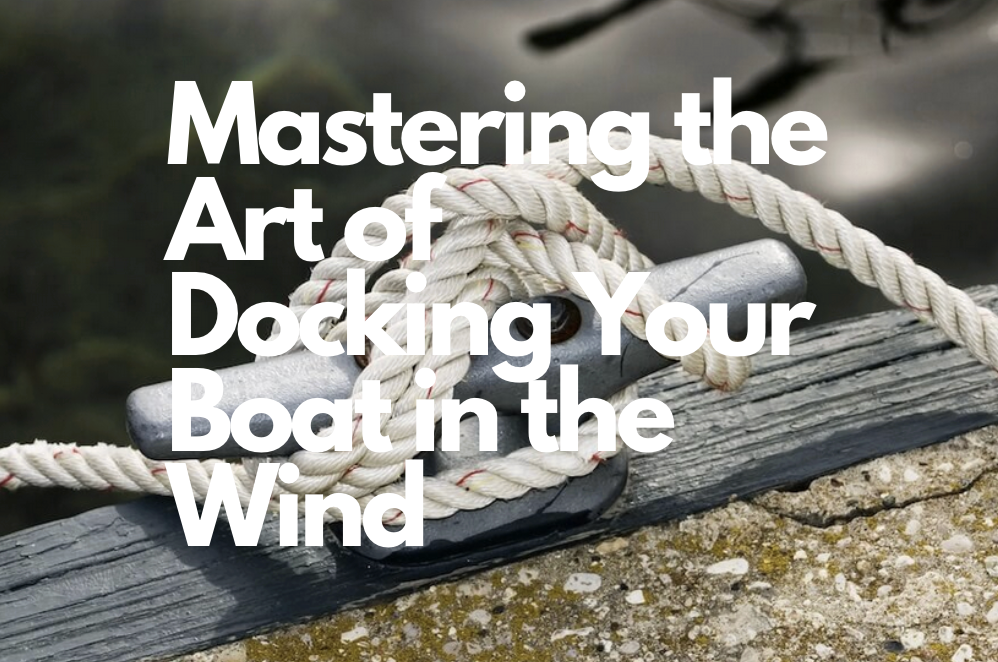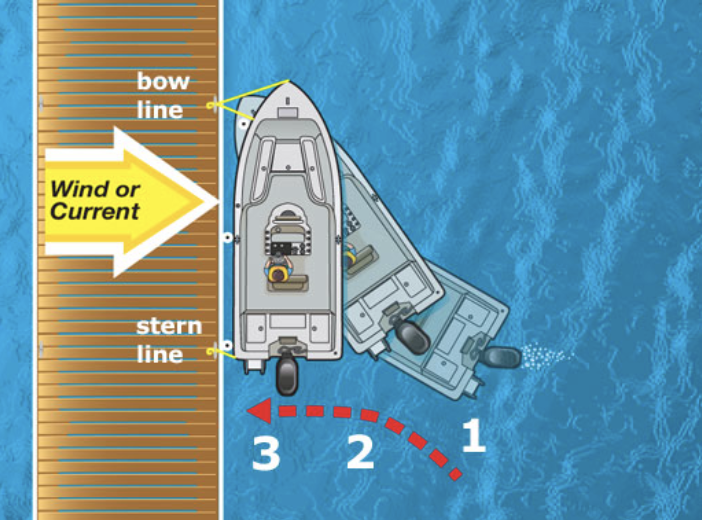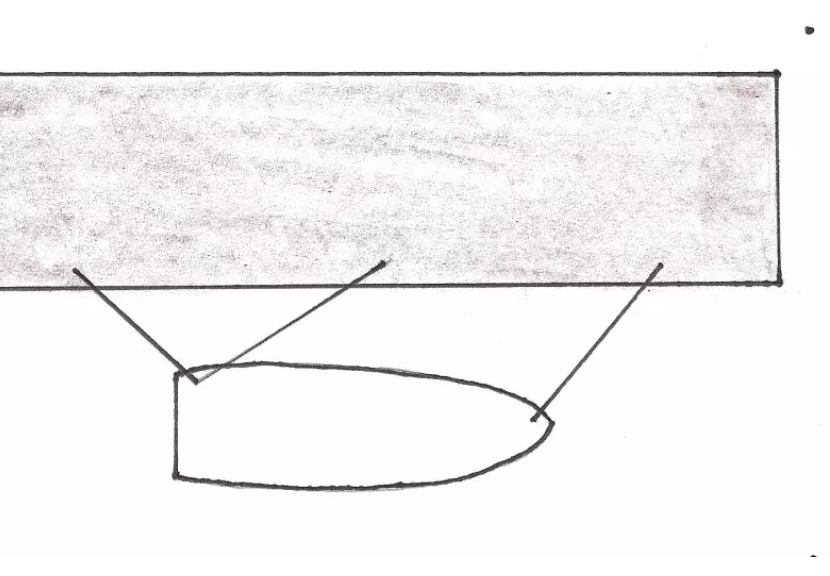
Docking a boat in calm conditions can be challenging enough, but throw in some wind, and it becomes a whole new ball game. For lake enthusiasts, mastering the art of docking in windy conditions is essential for a safe and enjoyable boating experience. Whether you’re a seasoned sailor or a novice captain, understanding the techniques and strategies for handling wind while docking can make all the difference. In this guide, we’ll delve into practical tips and expert advice to help you navigate the challenges of docking your boat in windy conditions on your lake.
Understanding Wind and its Effects
Before we delve into the techniques for docking in the wind, it’s crucial to understand how wind affects your boat’s maneuverability. Wind direction and speed play significant roles in determining how your boat will behave while approaching the dock. Here’s a brief overview:
- Wind Direction: Wind can either push your boat towards the dock (headwind) or away from it (tailwind). Crosswinds can also create lateral forces, making it challenging to maintain control while docking.
- Wind Speed: The speed of the wind dictates the intensity of its effect on your boat. Higher wind speeds increase the challenge of docking, requiring greater skill and precision.
Now that we have a basic understanding of wind dynamics, let’s explore some practical tips for docking in windy conditions:

Tip 1: Approach the Dock at a Controlled Speed
When docking in windy conditions, it’s essential to approach the dock at a controlled speed. Going too fast can make it difficult to maneuver and increase the risk of colliding with the dock or other boats. Conversely, approaching too slowly may leave you vulnerable to being pushed off course by the wind.
Maintain a moderate speed as you approach the dock, allowing you to maintain control while still having enough momentum to counteract the wind’s force. Use your throttle judiciously, adjusting it as needed to ensure a smooth approach.
Tip 2: Utilize Spring Lines for Added Control
Spring lines are an invaluable tool for docking in windy conditions. These lines are attached to cleats on both the boat and the dock, allowing you to control the boat’s position and prevent it from drifting off course.
As you approach the dock, have a crew member ready to secure the spring lines. Position the boat so that the wind is pushing you towards the dock, making it easier to reach and secure the lines. Once secured, the spring lines will help hold the boat in place, minimizing the impact of the wind.

Tip 3: Angle Your Approach
In windy conditions, it’s often beneficial to approach the dock at an angle rather than head-on. Angling your approach allows you to use the wind to your advantage, making it easier to control the boat’s trajectory.
Start by positioning your boat upwind of the dock at a slight angle. As you approach, gradually turn the wheel to align the boat with the dock while maintaining forward momentum. This angled approach reduces the risk of being pushed off course by the wind, giving you greater control over the docking process.
Tip 4: Use Utilize Spring Lines for Added ControlSparingly
While it may be tempting to rely on reverse thrust to counteract the wind, excessive use can actually exacerbate the situation. Instead of fighting against the wind, focus on using forward momentum and steering to maintain control.
However, there are situations where reverse thrust can be useful, such as when making minor adjustments to your position or correcting course. If you do need to use reverse thrust, do so sparingly and in conjunction with other docking techniques.
Tip 5: Practice, Practice, Practice
Like any skill, mastering the art of docking in the wind takes practice. Spend time honing your maneuvering skills in varying wind conditions, gradually increasing the challenge as you become more proficient.
Consider practicing docking drills in a controlled environment, such as an empty marina or a designated practice area on your lake. Experiment with different techniques and strategies, paying close attention to how your boat responds to the wind.
Conclusion:
Docking a boat in windy conditions requires skill, patience, and a thorough understanding of wind dynamics. By following the tips and techniques outlined in this guide, you can increase your confidence and competence when navigating challenging docking situations on your lake.
Remember to approach the dock at a controlled speed, utilize spring lines for added control, angle your approach to take advantage of the wind, use reverse thrust sparingly, and above all, practice regularly to hone your skills. With time and experience, you’ll become a master at docking your boat in windy conditions, ensuring a safe and enjoyable boating experience for you and your crew.
Posted by Scott Freerksen “The Lake Guy”
